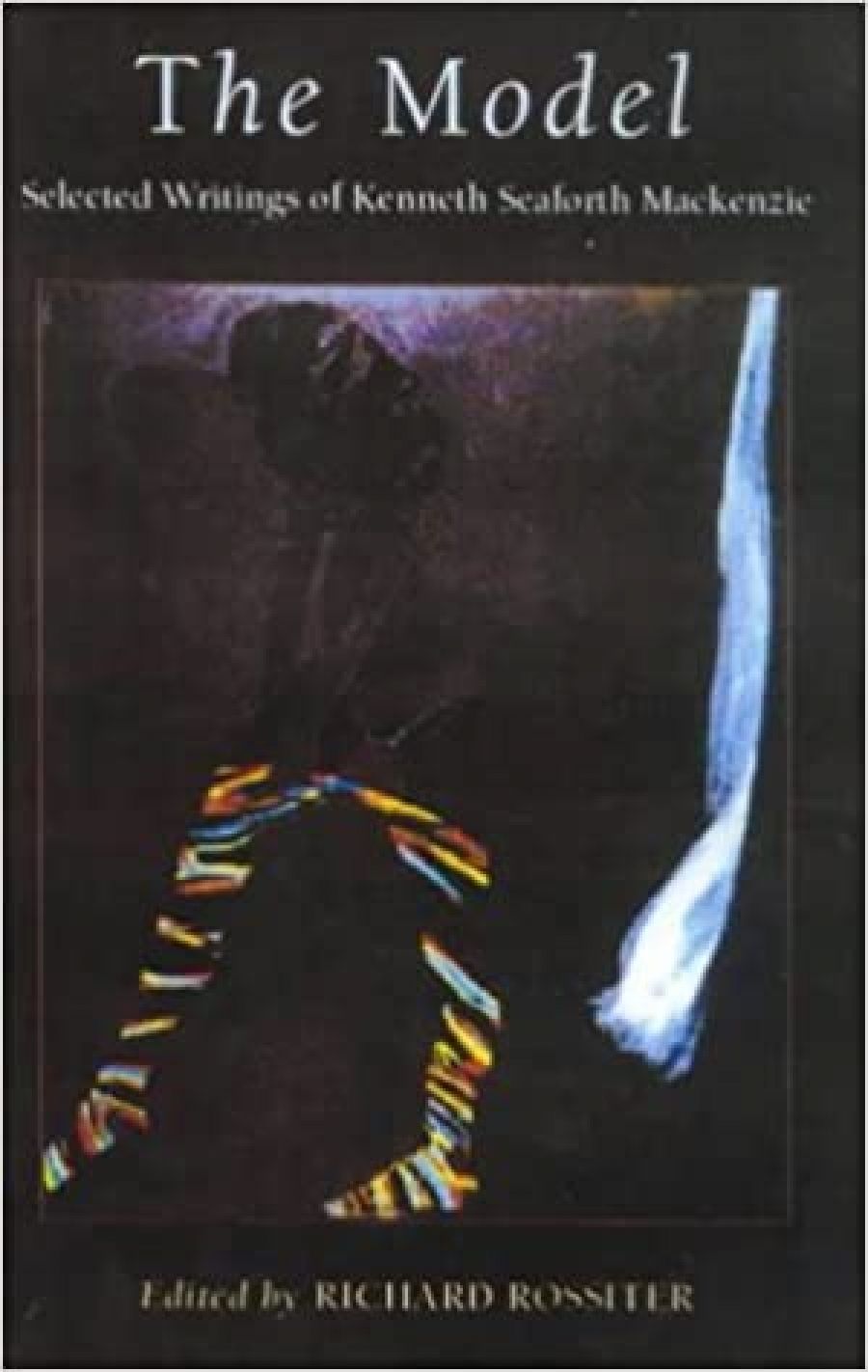
- Free Article: No
- Contents Category: Selected Writing
- Review Article: Yes
- Online Only: No
- Custom Highlight Text:
This is both an exciting and a sad collection. Kenneth Mackenzie, like those later Western Australian writers Randolph Stow and Tim Winton (and, I might add, Griffith Watkins), first appeared in print with work composed at a remarkably young age and which was extraordinary in its poetic intensity and command of language. And like Stow and Watkins (but not, fortunately, like Winton) the early achievement was matched only in fits and starts by the later work. Griffith Watkins committed suicide in his thirties, Randolph Stow has been beset by long periods of silence, and Kenneth Mackenzie drowned in a river near Goulburn, aged forty-one. He had become an alcoholic.
- Book 1 Title: The Model
- Book 1 Subtitle: Selected writings of Kenneth Seaforth Mackenzie
- Book 1 Biblio: UWA Press, $38.45 pb
This collection comes at a time when I think it is much needed. For those unfamiliar with his work it will serve as a sampler, with excerpts from his four novels (The Young Desire It [1937], Chosen People [1938], Dead Men Rising [1951] and The Refuge [1954]), as well as a goodly sampling of his poems. In addition, and perhaps the most interesting raison d’être, it includes for the first time a number of previously unknown prose pieces. These range from the almost novella length The Model to short stories, excerpts from abandoned sketches and a few atmospheric or autobiographical fragments.
A sad collection, because all the freshly uncovered prose pieces record, in painful detail, the slow erosion of that initial vibrant and sensuous talent, into a defeated and self-pitying solitariness, a raw but somehow enervated struggle with his creative daemon. Alas, the biographical note points out all too clearly that the daemon was not only his talent. It was alcohol.
But at his best, and his best is remarkable, Mackenzie brought something to Australian writing, both in prose and poetry, that had never been really explored before. He brought sex, both as a subject of exploration, and as a paradigm of the subtlety and ambivalence of human nature itself. His love poems, which reached their peak in the 1940s when other poets were ignoring women for horses or guns or else putting them on pedestals, were about the nuances and agonies of marriage and human relationships. It was not until two decades later, and in America, that Robert Lowell was to become the father of ‘confessional’ poetry. Kenneth Mackenzie had been there before him, and with poems of memorable wit, rue and vigour. Douglas Stewart, in The Bulletin, was astute to publish them. The Bulletin poems of Mackenzie (and also Francis Webb) run counter to popular simplifications oi what Douglas Stewart’s editorship achieved.
The Young Desire It, we learn from this collection, was largely written when Mackenzie was only seventeen years old. It is an astonishing achievement and remains astonishing. It is the first Australian novel which handles themes of homosexuality with subtlety and clarity. It is also a ravishingly lyrical account of the adolescent beginnings of homosexual love. It is interesting to read the account of the author’s childhood and youth. Mackenzie grew up surrounded by protective women and lively supportive sisters. When he was wrenched suddenly from this warm and secluded rural world and thrust into the male rowdiness of Guildford Grammar at age thirteen, the shock was clearly traumatic. He was sensitive, pale and unprotected and probably never learned to find the necessary defensive shell. He was the target for boys and boy-lovers. The Young Desire It gives us the whole story, but no synopsis captures the flavour of it: the vulnerability, the hurt, but also the sensuality and pervasive eroticism of that stage of development. There remains, in the best of all of Kenneth Mackenzie’s work, something of that balance between vulnerability, sensuality and hurt. The only other writer I think of who had something of a similar sensitivity is Carson McCullers.
The later life – his flight to Sydney, his friendship with Norman Lindsay (who appreciated the early sensuousness but infected the young author with unfortunate ideas of ‘vitalism’ and pseudo-masculinity), marriage, children, a precarious hold on jobs, money and self-esteem, and of course alcohol – the whole course of his adult career in fact, all served to reinforce the innate sense of vulnerability, and to send further and further underground that genuine openness to experience. We see the carapace forming, all right. The later novels have extraordinary flashes of subtlety and psychological insight, but it is as if the cynical Sydney journalistic world (the expectations of friends?) caged the author further and further into a self that he could only, in his heart, detest.
All the newly published stories and excerpts underline this sense of growing horror they are quite distressing to read, partly because of what they are so awkwardly and horribly grappling with, and partly because we are witnessing the slow extinguishing of a very real talent.
Kenneth Mackenzie still holds a place. It is one we should cherish. The Young Desire It remains a pivotal book. This collection helps us place it within a personal perspective. Several of the ‘new’ prose pieces are certainly striking in their own right, though they tend to place Kenneth Mackenzie firmly in his own period. The Young Desire It transcends ‘period’.


Comments powered by CComment